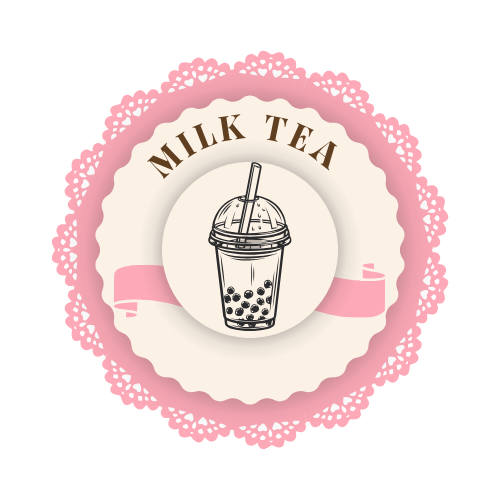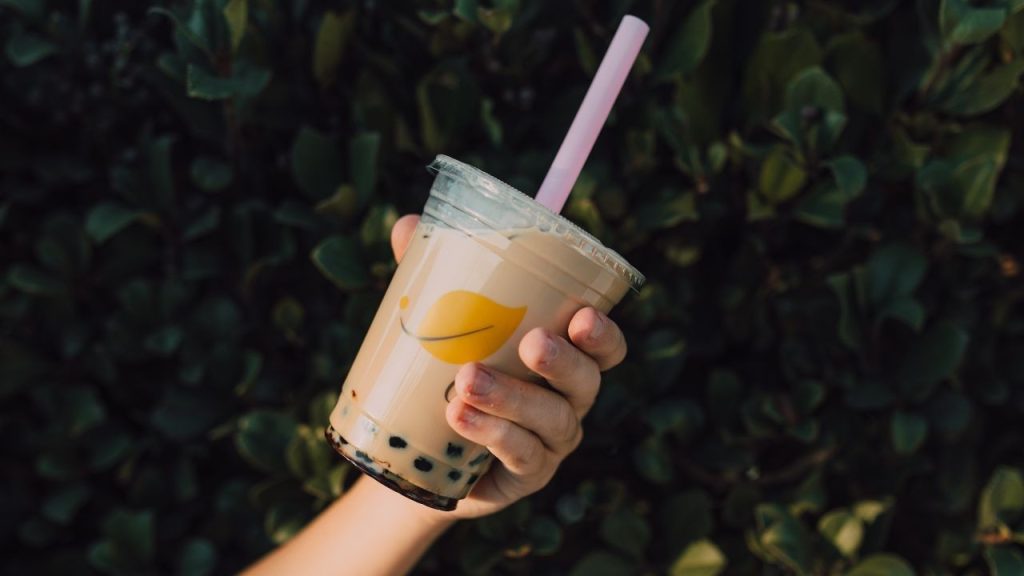Blog
How Bubble Tea Became a Global Cultural Phenomenon
Bubble tea, also known as boba tea, has grown from a humble Taiwanese street snack to a global cultural phenomenon. What began in the 1980s as a quirky drink made from tea, chewy tapioca pearls, and sweet milk has evolved into a worldwide trend, captivating millions with its unique texture and endless flavor combinations. From being a staple in Asian communities to taking over international cities, bubble tea’s journey is a testament to the power of food to transcend cultural boundaries and create global trends.
In this article, we’ll explore the history of bubble tea, its rise to global fame, and how it became a beloved drink enjoyed by people from all walks of life around the world.
1. The Origins of Bubble Tea: A Taiwanese Invention
Bubble tea was first invented in Taiwan in the early 1980s. The two inventors who are most commonly credited with creating bubble tea are Lin Hsiu Hui, who was the owner of the Hanlin Tea Room in Taichung, and Liu Han-Chieh, who owned the Chun Shui Tang tea house in Taichung as well. The story of bubble tea’s creation is often debated, but the essence of the invention is that the drink combined traditional tea with chewy tapioca pearls, creating a refreshing and fun-to-drink beverage that was unlike anything people had ever experienced before.

The original version of bubble tea was quite simple: black tea, condensed milk, and sweetened tapioca pearls. Over time, the drink evolved to include fruit-flavored teas, milk teas, and a variety of toppings like popping boba, coconut jelly, and aiyuzu pearls.
Why “Bubble”?
The term “bubble” refers to the frothy bubbles that form when the drink is shaken, a signature feature of bubble tea. These bubbles, combined with the chewy pearls at the bottom, create a unique and playful drinking experience. The term “boba” (referring to the pearls themselves) comes from a colloquial term in Taiwan for the large, chewy pearls that are often used in the drink.
2. The Expansion of Bubble Tea Across Asia
The first significant expansion of bubble tea came within Asia, where its popularity exploded in Taiwan in the late 1980s and early 1990s. Tea shops began popping up in Taiwan, offering various versions of bubble tea. From there, the trend spread to other East Asian countries, including Hong Kong, Japan, South Korea, and China. These regions embraced bubble tea not only as a trendy drink but also as a cultural expression.
- Hong Kong: Bubble tea gained traction in Hong Kong during the 1990s, where it became a staple drink. In Hong Kong, bubble tea was often served in to-go cups, which allowed people to enjoy the drink on the move—contributing to its appeal as a fast, on-the-go snack.
- Japan and South Korea: In Japan and South Korea, bubble tea was adopted as a fashionable, fun beverage, particularly popular among teenagers and young adults. Cafes offering bubble tea became social hubs where people could meet and hang out.
- China: China saw the rise of bubble tea chains in the early 2000s, with major cities like Beijing, Shanghai, and Guangzhou offering various types of bubble tea. The trend then spread to smaller cities and rural areas, creating a nationwide passion for the drink.
3. Bubble Tea’s Journey to the West
While bubble tea remained a beloved drink in Asia for decades, its international expansion began in earnest in the late 1990s and early 2000s, primarily driven by Taiwanese immigrants and food entrepreneurs who wanted to bring a piece of their culture to the world.
The U.S.: The first bubble tea shops in the United States were opened in California during the 1990s, particularly in cities with large Taiwanese and East Asian populations, such as Los Angeles, San Francisco, and New York. The first wave of American bubble tea drinkers was comprised mostly of Asian-Americans and immigrants from Taiwan and Southeast Asia. These early adopters helped introduce the beverage to a larger audience, many of whom were intrigued by the exotic appearance and fun-to-drink nature of bubble tea.
By the 2010s, bubble tea began attracting the attention of non-Asian Americans as well. Its popularity was fueled by social media, especially Instagram, where the vibrant and colorful drinks quickly gained traction. The combination of eye-catching drinks and the ability to capture aesthetically pleasing photos made bubble tea an ideal subject for sharing on social platforms.
Europe: In Europe, bubble tea made its debut in the early 2000s. Initially, it took off in cities with large international communities, such as London, Paris, and Berlin. London, in particular, became a hotbed for bubble tea culture, with the opening of several Taiwanese tea shops and dedicated bubble tea stores in the city’s Chinatown. Over time, bubble tea spread to smaller cities across Europe, with dedicated bubble tea chains such as Gong Cha, Chatime, and The Alley establishing strong presences in multiple countries.
4. Why Has Bubble Tea Become So Popular?
Several factors have contributed to the rapid and widespread popularity of bubble tea around the world:

1. The Unique Textural Experience
The chewy tapioca pearls are the defining characteristic of bubble tea, and this texture is part of what sets it apart from traditional tea or coffee drinks. The contrast between the smoothness of the tea and the chewy, sometimes sweet, pearls creates a sensory experience that’s unlike anything else.
2. Customization
Bubble tea offers endless customization options. From choosing the tea base (black, green, oolong, or fruit tea) to the type of sweetener and the choice of toppings (from chewy boba pearls to crunchy toppings like red bean or aloe vera), bubble tea drinkers can tailor their drinks to suit their personal taste. This degree of customization appeals to a wide range of people, making bubble tea an attractive option for consumers who enjoy personalized experiences.
3. Instagram-Worthy Aesthetic
In today’s world, appearance matters—and bubble tea delivers. The colorful drinks, often served in clear plastic cups with large straws and topped with vibrant pearls or fruit, are naturally photogenic. This visual appeal has made bubble tea a social media phenomenon, where people enjoy sharing their drinks and discovering new bubble tea shops to visit.
4. The Trend of Wellness and Exotic Foods
As the world becomes more interested in wellness, exotic foods, and drinks from around the globe, bubble tea has emerged as a fun and trendy choice. The combination of antioxidants from the tea and the potential health benefits of fresh ingredients has made it a popular option for people looking for alternative beverages.
5. The Global Spread and the Future of Bubble Tea
Today, bubble tea shops can be found in cities all over the world, from Mexico City to Dubai and from Paris to Sydney. Global bubble tea chains like Gong Cha, Chatime, and Kung Fu Tea have continued to expand their reach, while small, independent tea shops also play a huge role in spreading the culture. Additionally, bubble tea is now available in more variations, such as vegan bubble tea, low-sugar options, and drinks made with non-dairy milk alternatives, further appealing to diverse consumer needs.
With its global reach and ever-growing popularity, bubble tea shows no signs of slowing down. The drink continues to evolve, with new flavors, toppings, and concepts constantly being introduced. The future of bubble tea looks promising, as it continues to adapt to new markets and tastes.
6. Conclusion: The Cultural Phenomenon of Bubble Tea
Bubble tea has gone from being a quirky Taiwanese invention to a global cultural phenomenon, adored for its unique flavors, textures, and the fun experience it provides. It has managed to transcend cultural barriers, becoming a drink enjoyed by millions of people from all backgrounds. Whether you’re sipping on a classic milk tea with tapioca pearls, or experimenting with fruit-flavored teas and jelly toppings, bubble tea has certainly earned its place as one of the most iconic drinks of the 21st century. Its journey from Taiwan to global stardom is a perfect example of how food and beverages can bring people together, foster cultural exchange, and create lasting trends.


